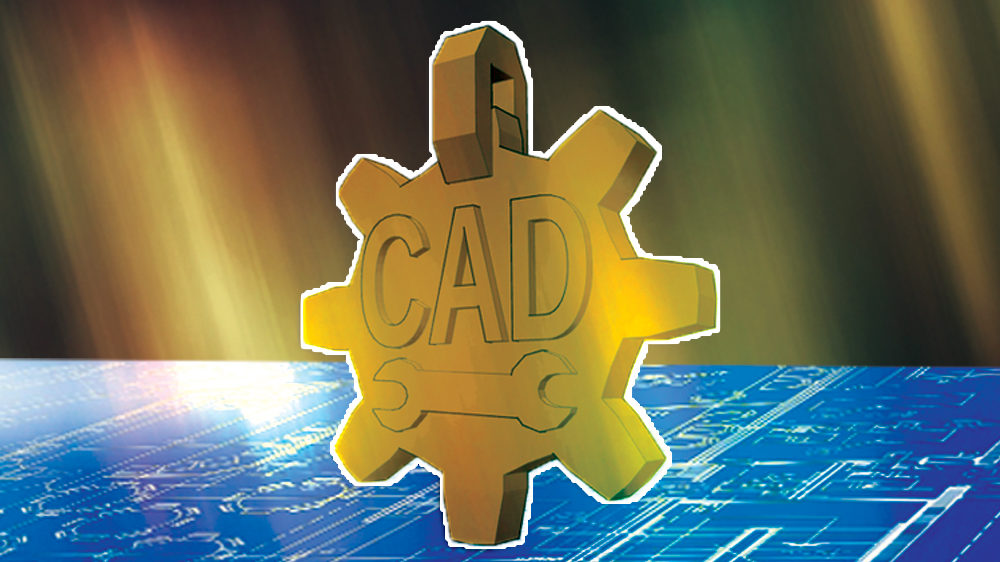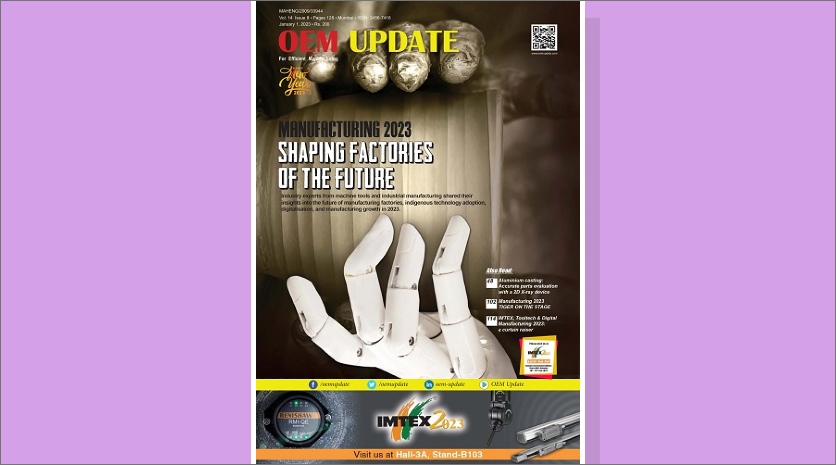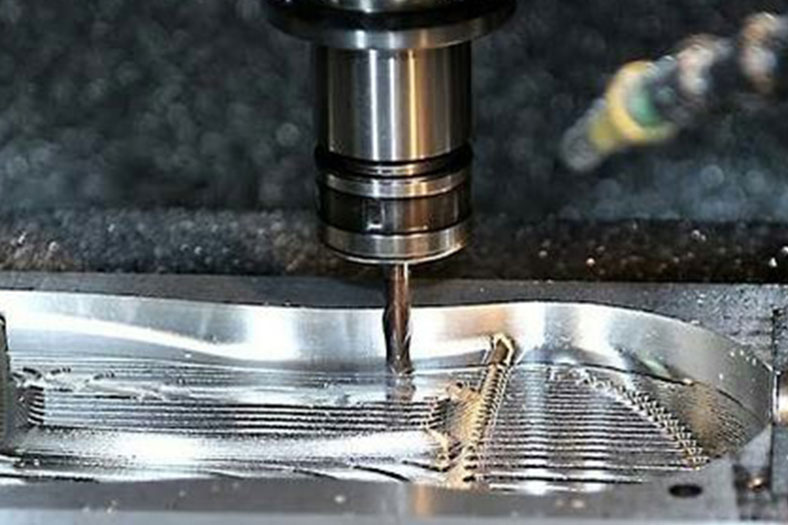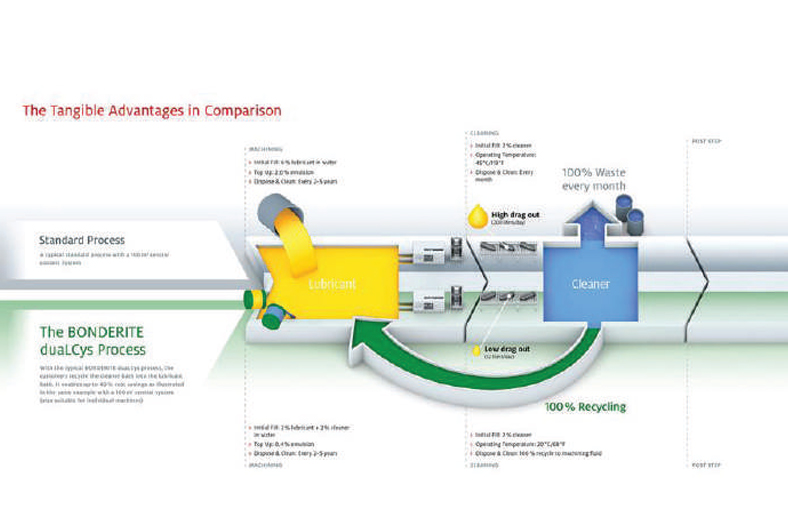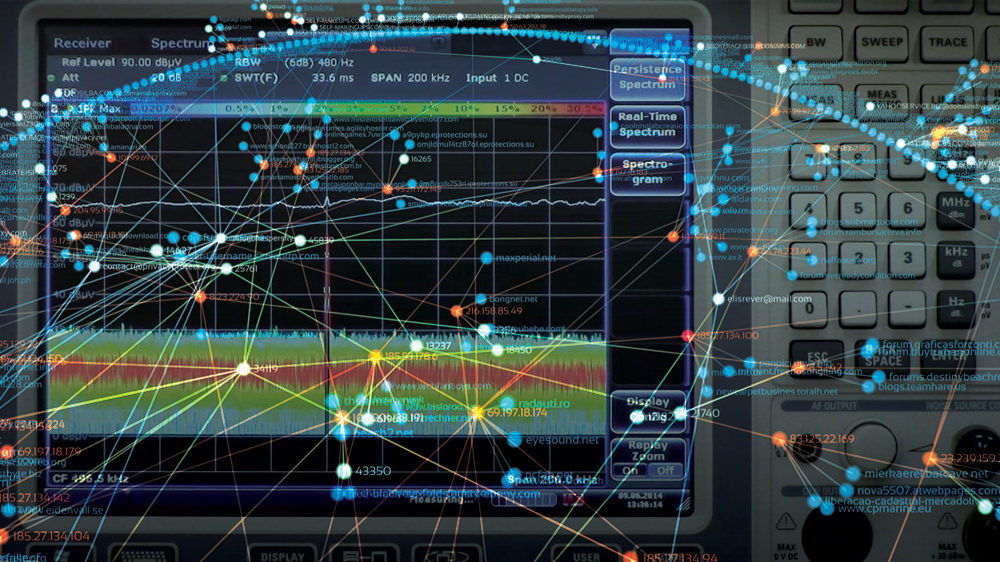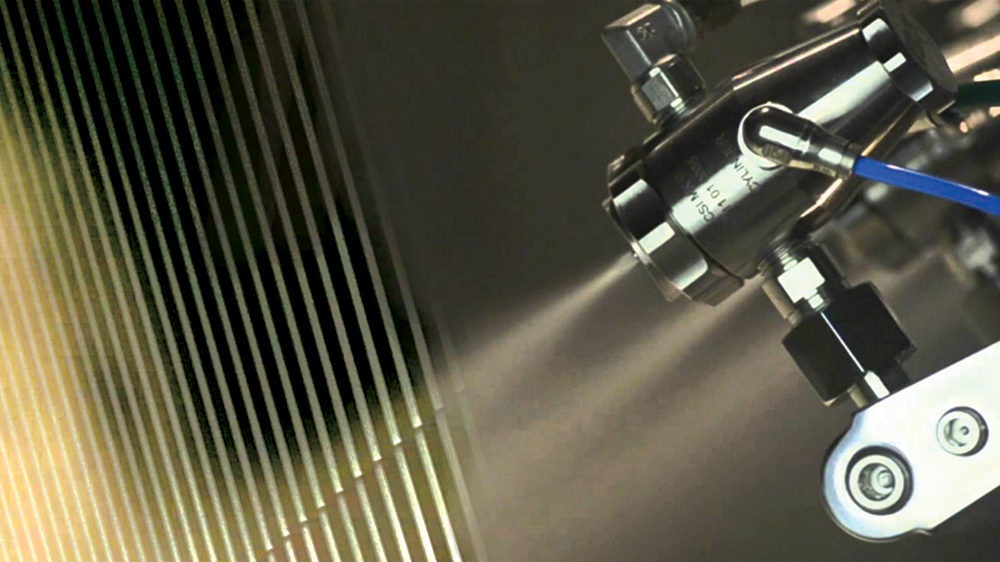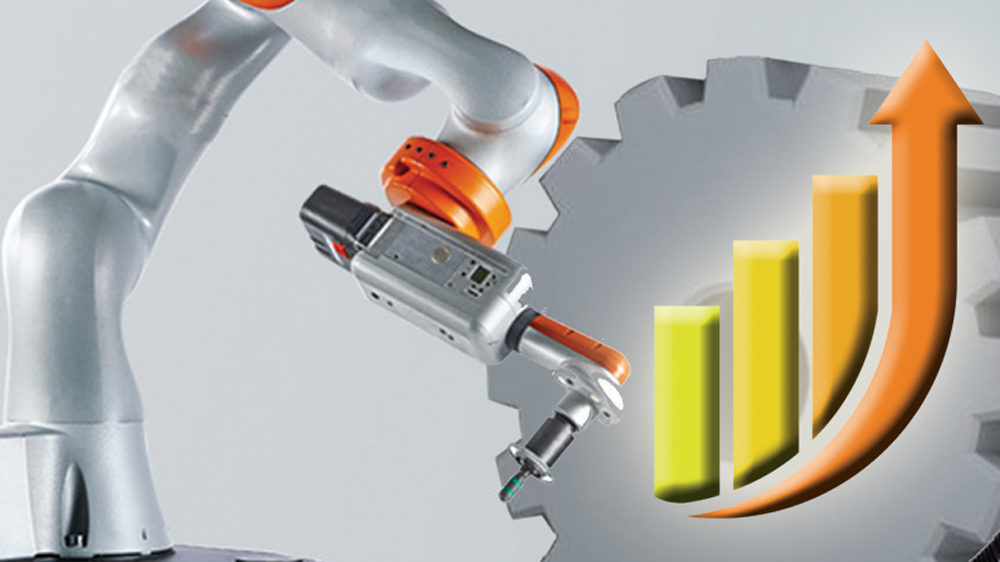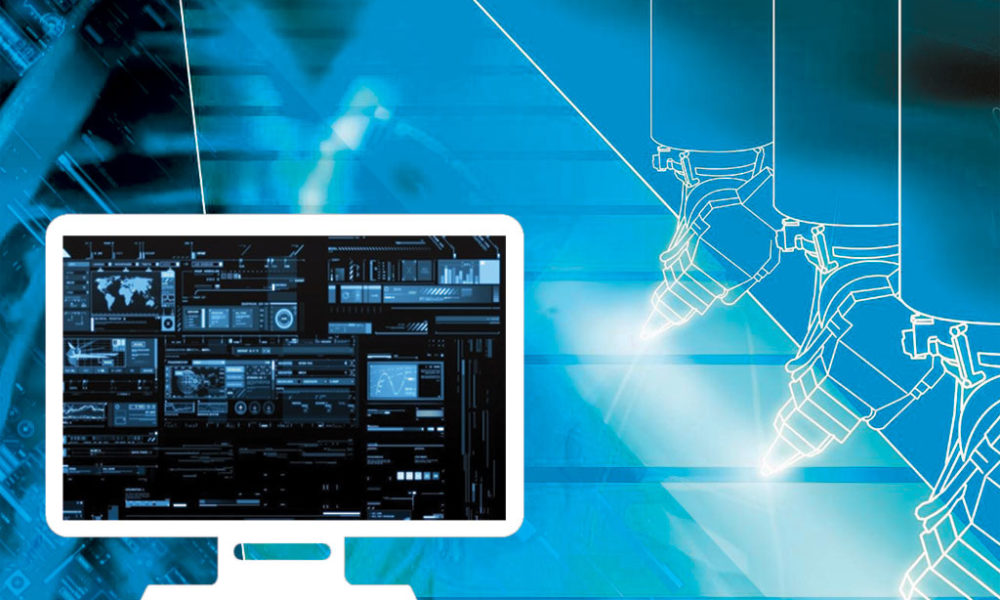What makes automotive CAD/CAM systems so special?
By OEM Update Editorial April 12, 2017 10:20 am IST
Expert’s view on the specialities of CAD/CAM systems.
CAD software is being used on large scale basis by a number of engineering professionals and firms for various applications. The most common application of CAD software is designing and drafting. We speak with experts who explain in detail, the specialities of automotive CAD/CAM systems.
It’s all about reliable precision
Speaking about the specialities of the automotive CAD/ CAM systems, Vineet Seth, Managing Director – South Asia& Middle East, Mastercam India Pvt Ltd says, “Essentially, quite a number of CAD/CAM systems these days have the ability to write out or read in data that is compatible to any open industry standard life-cycle management or resource planning tool.”
Seth lists out some of the important factors that most of the automotive companies look out for while finalising a CAD/CAM system. According to him, points like ease of use, in order to reduce training curve. Efficiency, functionality, compatibility with the industry standard formats and devices are prominently looked for. Availability of advanced options, such as surfacing, polygon mesh and tool-axis definitions are also some essential points to look for. Explaining the points further, Seth says, “The speed of computing designs, toolpaths and handling of large amounts of data is a crucial point for any CAD/CAM system. Another aspect that is looked for is the automation and customising. Last but not the least, human factor as in support, hand-holding and troubleshooting also play a crucial role in finalising the CAD/CAM systems.”
Speaking about the success in the automotive sector, Seth believes that the success depends on reliable precision, flexibility, and speed. “From parent companies and suppliers to aftermarket shops and maintenance businesses, everyone involved requires CAD/CAM software that can live up to the increasing demands of the industry,” he adds. The software equipped with the required features are said to deliver a powerful set of focused tool paths and design tools to global firms ranging from Fortune 500 automotive corporations as well as small start-up engineering shops, to meet competitive demands, such as quick turn-around time, just-in-time manufacturing, lean manufacturing and high-efficiency program management, which are key to the automotive domain.
“While the automotive industry is one of the most competitive, as a virtue of this trait, it is also one of the most innovative. There is a constant search for newer materials, methods and machines to provide the best returns and features at the least investment and cost,” points out Seth. This search has, in a way, led to the application of existing technologies for alternative, yet complimenting purposes. A good example of this is CAD/CAM systems that now drive Robots in areas like machining and post machining operations in a High End Flexible Manufacturing System (FMS).The key benefits of using Robotic CAD/CAM cells are not just limited to their flexibility and adaptability, but also extend to a reduced cost in certain setups, reduced lead-times for finishing large automotive moulds and press dies, increased accuracy in large prototypes, better finish on smaller and high value parts. With an intuitive approach for programming, a typical CNC machine tool programmer will be able to quickly and efficiently generate toolpaths for a Robot to cut the desired shape and part.
“CAD/CAM systems ideal for the automotive sector is only one ingredient for success. A global community of users, experts, educators and enthusiasts are also equally important in completing a truly thriving Automotive CAD/CAM ecosystem,” Seth states.
Efficient design and manufacturing
“After the aviation industry, the automotive Industry is by far the most challenging and flourished Industry evolved so far. With strict safely norms in place and with new digital revolution impacting infotainment systems the younger generations buying cars at early age. Auto industry is being challenged to bring better products with least lead times that will appeal varied requirements of consumers”, observes Abhijit Kumthekar, Co-Founder and Director, Machining Software Pvt Ltd. Apart from consolidation and sharing of production platforms and automation that leads better production, CAD/CAM is helping automotive industry sustain this challenge.
Kumthekar prominently believes that CAD/CAM is helping auto company’s right from concept phase to roll out phase. The clay models for styling have been replaced by digital models; components and assemblies are designed, drafted and simulated by CAD tools such as Catia by Dassault systems or NX by Siemens or Creo by PTC etc. Fatigue, fracture and stress or stain or thermal analysis is done and certified by CAE tools (MAPDL& Fluent by Ansys, NASTRAN by MSC etc.); production planning and control is handled by CAM tools and even inspection plans are carried on automatic inspection systems. Adding more about the way in which CAD/CAM is aiding the auto company’s, Kumthekar says, “These CAD/CAM tools along with implementation of PDM and PLM tools is reducing the time to market new models and improving the efficiencies of design and manufacturing processes. Different CAD and or CAM platforms are integrated within PLM systems to give seamless workflows and data management for designers and plant managers alike to control each and every step of automotive design and production process.”
Though there are many positives associated with the CAD/CAM systems, Kumthekar points out that the seamless inclusion of SMEs is missing. “It is these SMEs who manufacture almost 80 per cent of components that go inside an automobile in the production process. Tier1, 2, 3 suppliers for automotive industry have enough capacities to invest into CAD/CAM and PLM systems,” he says. According to Kumthekar, the design or manufacturing plan changes get seamlessly updated at suppliers end and they have enough resources to change their processes to accommodate for changes. SMEs are at a loss here. Since they don’t have mechanism to get updates, they depend upon Tier3 supplier to give them verbal or written guidance. “Most of the time, this guidance introduces errors and time delays in implementing design, process changes for SMEs, working against their already thin profit margins,” he further says.
Moulding as per demand“Ever since Sir Henry Ford commercialised the manufacturing of a car and made it affordable to public, automotive segment is always in limelight. Automotive Industry enjoys appreciable pie in industrial market share which is more than 800 Billion dollar per year and growing,” says Nitin Wakode, Associate Vice President PSG, Onward Technologies Ltd.
India is one of the major automotive markets due to continuous increase in domestic consumption. Various aspects such as aesthetic value, functional value, status symbol, life, maintenance and luxury have an impact on the automotive demand and sale. As a result of this, there is tremendous pressure on automotive manufacturers for improving quality, improve efficiency, looks and reduce cost.
Explaining the role of CAD and CAM systems, Wakode adds, “CAD/CAM being part of computer integrated manufacturing, known as CIM. The days have gone when the car styling was used to be done using clay models and scanning.” CAD/CAM is a terminology which involve lot many components associated with it. CAD – Computer Aided Design which involve designing of exterior styling ( A class ) with various panels, cabin ergonomics, BIW and Closures, Interior Trims and Instrument Panel, design of various components like seats and dashboard . Each system and subsystem has its own design constraints and importance . Systems like Power train with 5C components, intake exhaust gear train, body and chassis engineering which include tooling , ertual assembly lines , simultaneous engineering and engine system. Every system is important in functioning of CAR. Most of the automotive designers prefer Catia CAD platform during design phases. It is considered best in class for class A surface design and styling. Where as Solidworks , Solid edge , Creo is also a popular choice for tier 1 suppliers to OEM.
“Involvement of CAD software made it possible to adopt the current requirement of frequent design changes expected for customer requirements or feature enhancements. Fitment of every component is CAR body is simulated in virtual environment to avoid any manufacturing or assembly challenge. Agronomics are to be taken care for the passenger safety and comfort levels. Every part design has to undergo one or many CAE simulations for structural, thermal, CFD , fatigue analysis ,” explains Wakode.
There are many statutory regulations to be followed in terms of safety and emissions. The entire CAR crash test is initially carried out in virtual environment at various speeds and loading conditions to be able to get design certification for specific car model. One car will have close to one thousand parts and to maintain this Bill of material (BOM) from design to manufacturing stage including the stages is really a critical activity. There are various reasons which makes sense to use PLM which can monitor every aspect from design to manufacture and supply chain maintenance. The leading players in PLM are Dassault Systèmes, PTC and Seimens PLM . Few other have PDM like Solidworks PDM.
“It won’t stop here plant layout and sequencing, scheduling, inventory management, inspections, packaging etc. PLM help integrate CAD/CAM system with various components. Today almost every activity is driven by CAD model. Process plans are made using CAD models, inspection plans, fixures, automation lines etc are all CAD model driven. When it comes to CAM, the CAD model is brought in CAM environment and tool path generation process is adopted for CNC machining,” says Wakode.
Today almost every CAD software has CAM software attached to it. Some which are dedicated CAM software companies have managed to have either plug in or direct translator for all popular CAD software. Catia, ProE, NX , Solidworks are having their own CAM platform within. However the dedicated CAM software like Mastercam, Tebis, Delcam, WorkNC and Hypermill have establish their own position in market being CAM focused. Surface finish during machining is one of the major factor in machining of automotive dies. There are few companies who go with the integrated platform with their CAD but many like to select best in each category.
Globally, the automotive industry is facing challenges in the areas of product innovation and sustainable differentiation. Innovative designs at an affordable price and reduced launch timelines have become the key driving factors for the industry. CAD/CAM systems along with PLM has many advantages like shorten the product development phase, fast to market, integrate stages with people. Considering various aspects automotive design and manufacturing of CAD/CAM systems are definitely need to be a special powerful to handle complexity and quality requirements. “One must not let any stone unturned before selecting CAD/CAM systems,” Wakode concludes.
Conclusion
CAD systems offer greater accuracy, thus reducing errors drastically in the designed product leading to better design. Eventually, better design helps carrying out manufacturing faster and reducing the wastages. All these factors collectively make the automotive CAD/CAM systems special.
Cookie Consent
We use cookies to personalize your experience. By continuing to visit this website you agree to our Terms & Conditions, Privacy Policy and Cookie Policy.



